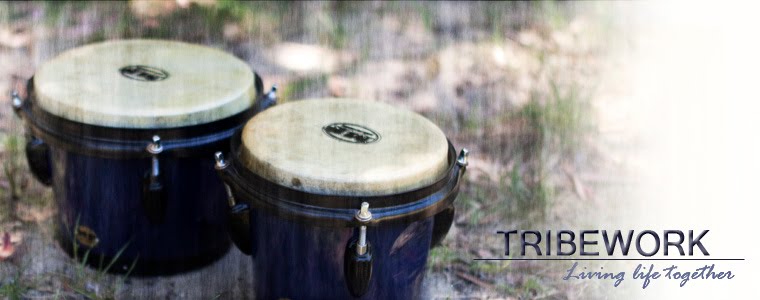It isn’t always easy to break a toxic relationship. The toxic binds are strong, which is no wonder why people cannot easily extract themselves. Understand this and you can support someone who’s a victim of domestic violence. But fail to understand this and we become complicit in victim blaming.
One or both parties may desire such a breakage not occur. It’s easy to see how a damaged party sees something in their partner that makes their hearts break for them, even if others close by are left scratching their heads.
And, of course, there are many perpetrators of violence who are otherwise charming and emotionally engaged at times, but who prove through their actions that they cannot sustain a way of living which is tenable for safe, reliable, trustworthy relationship.
For the perpetrator of violence—and let’s be clear, there is not just physical violence, but emotional, verbal, spiritual, financial etc—there is a clear need of supply in their relationship with the oppressed. They need the relationship to continue and sometimes will go to extraordinary measures to ensure it continues. Some perpetrators of violence will pretend it doesn’t bother them, but it always does. Their weaknesses they parade as strengths.
Toxic situations of relationship certainly can occur through both parties firing off each other, but there is always one who will take matters too far, and violence is the poignant example.
The bond of a toxic bondage is strong, like all matters accorded to a bond we liken to love. Such a bond is hard to break, no matter how obvious it seems it’s broken and damaging to the increase. Such a bond is strong because it’s habit-formed where two people are enjoined in their identity—this is all the more tragic, because the victim of violence must enter a complicated grief just to extract themselves, and that’s often just the start of the challenges that beset them.
There is a bond of a toxic bondage. The toxicity that emerges between two people, usually because one is abuser and the other is the victim—even if the abuser gaslights the victim by saying they themselves are the victim—is a bondage, which is not the same as a bond. The bondage is a toxic cycle. The bond could be good if it weren’t for the cycle of bondage.
For the victim there can be the appreciation that this is complicated and such complications mean ending a relationship they may not want to end is problematic. In some ways because they don’t want to end it. In some ways because the partner may not want to end it. In some ways because of the habits of identity they’ve nurtured in each other—that the pain of staying together, whilst painful, may seem less painful than separating.
But my experience is toxic situations just get worse, despite hopes partners may have that the situation would improve, and where there is abuse, the situation will not get better.
If you are subject to a pattern of violence in your relationship, your relationship is untenable. Be wise, bite the bullet, enter the grief, and hope is inevitable. But sustain the pattern by staying in it at your own peril. Get support. Get people behind you, and get out. But stay safe.
The only recourse the perpetrator of abuse has is the successful completion of a program of recovery (12 months to two years) where transformation has occurred to the end of sustained behaviour change.
It really doesn’t matter how great the good parts of a relationship are if abuse features in any of it.
Photo by Matthew T Rader on Unsplash


No comments:
Post a Comment
Note: Only a member of this blog may post a comment.